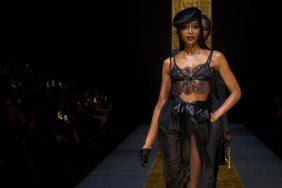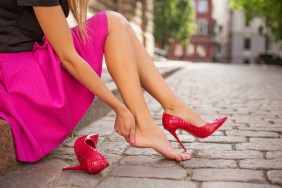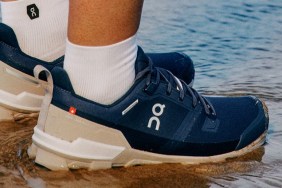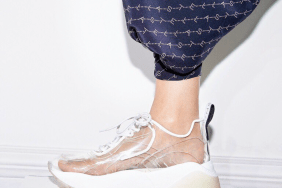Foot Type: Are you flat footed? High arched? Neutral arched? You need to know because it’ll determine the right support for you. Wet the bottom of your foot and step on a brown paper bag, check out the imprint. If the inside of your foot is a deeply curved line, you’re high-arched. If the curve is a gentle slope, you’re neutral. And if you have barely or no curve at all, you’re flat footed. The shape of your foot determines its motion, which is called pronation. You can over-, supin-, or neutral-pronate. There are different types of cushioning for each type.
Shoe Type Based on Pronation: Flat feet (over-pronate) requires a shoe that’s termed in the biz “motion control.” If you have a high arch, you’re a supinator and need a “cushioned” shoe. If you’ve got a normal arch you need a “stability” shoe for your neutral-pronation. Never heard of these terms? Don’t be intimidated. Thanks to online shopping, many shoes by top brands have these terms in their description to help people choose. Feel free to google your pronation and/or cushion needs and see a ton of shoes pop up from Nike to New Balance. Word to the wise, researching athletic shoes online is a good idea. Purchasing them in person is a better one. You’ll see why.
Get Measured: Apparently feet still grow, even during adulthood. So it’s worth it to get your foot measured at least a couple times per year in store.
Ensure Fit: Don’t think that a new fitness shoe needs to be “broken in.” It should feel great from the get-go. You should have about a thumb’s-width between your toes and the end of the shoe. The heel should feel snug. Oh, and wear the socks you plan on wearing during workouts when you try shoes on.
You Get What You Pay For: If you’re hunting for a bargain, check out the original price. In general, the $80 range and up offers quality where anything below that will put you at a level of undetermined safety. If you can get last year’s $125 model, now on sale for $50, go for it!
Talk to a Pro: These are the basics of DIY shoe picking. There are other things to consider, like what the bells and whistles of the shoe’s upper mean to your performance. An extra gel-filled pocket here, a thicker tongue here, all these things change per season with the newest shoe models. It’s best to talk to someone who knows fitness shoes. Where are they? Not at Target. Small shops with a full-time sales staff just for fitness shoes is always your best bet. Plus you get to help out a small business — win-win.
Image: Nike Air Max I







